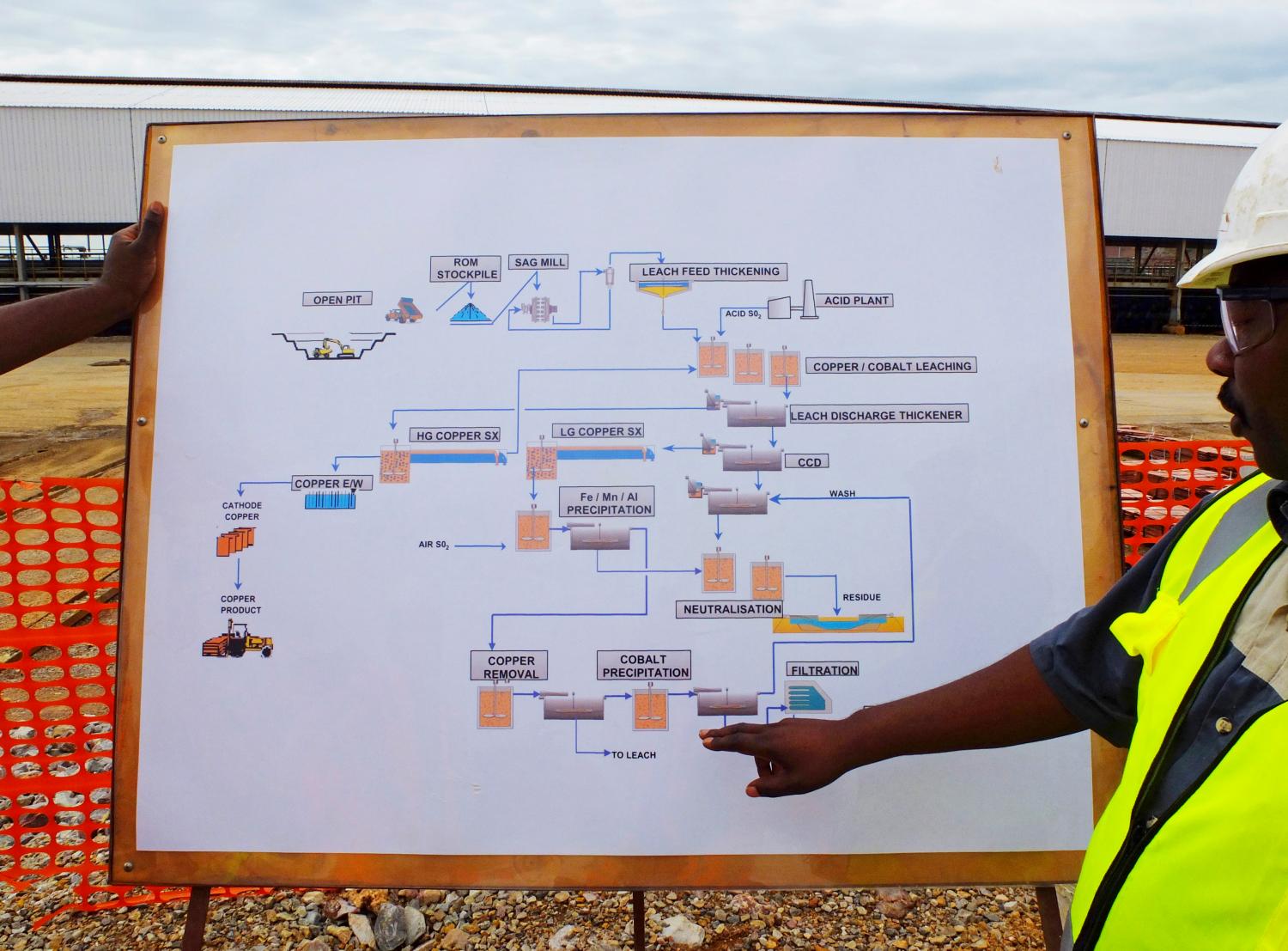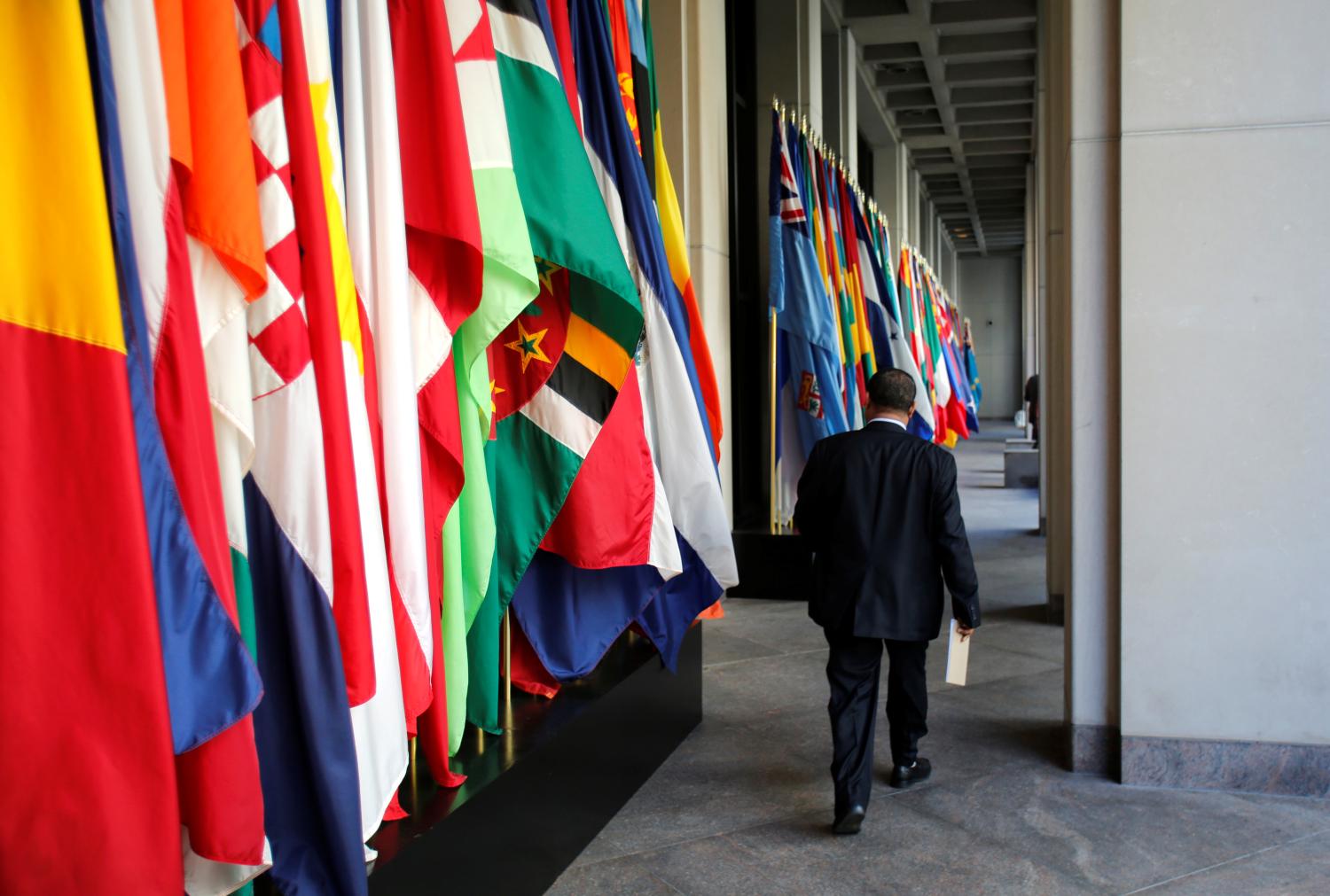Economic development is often tied to the evolution
of local industry. One way to assess a
country’s emergence as a major player in the global
economy is by examining the ability of its domestic
firms to compete on the global market. Public procurement—the
purchase of goods, works, and services by
governments—represents a significant portion of this
market, making up an estimated average of 15 to 30
percent of a country’s GDP. Procurement in the developing
world is especially noteworthy, since large
projects are often partially or wholly financed by external
donors such as the World Bank and other international
financial institutions (IFIs), which encourage
developing country governments to internationally
advertise the goods, works, or services they require
and to select the most competitive bid they receive.
Yet the role of IFI-funded procurement in the emergence
of global markets, particularly for and among
developing countries, is seldom a topic of empirical
study, despite its linkages to global growth.
This paper takes a first step toward evaluating the
connection between a country’s or a region’s economic
development trajectory and its domestic firms’
competitiveness by examining IFI-funded procurement
contracts. Using data from 1995 to 2013 for
World Bank-financed civil works and goods contracts,
we consider the theory that international competition
in developing-world procurement has become a
key instrument through which local industry has advanced
in some countries and regions and a main indicator
of where it has lagged in others. Notably, we find
evidence of a “civil works lag” in sub-Saharan Africa,
whereby local competitiveness in the construction industry
has developed more slowly there than in other
regions. It is our hope that this preliminary study will
direct attention to the critical issues raised by international
procurement trends and encourage increased
analysis of IFI-funded contracts data.
We proceed in four sections: Section I presents the
history of IFI-funded international procurement and a
theoretical framework to guide the rest of the paper.
Section II presents the data and macro and regional
trends. Section III poses the question of civil works in
Africa. Section IV summarizes key findings and recommendations.
The Brookings Institution is committed to quality, independence, and impact.
We are supported by a diverse array of funders. In line with our values and policies, each Brookings publication represents the sole views of its author(s).




